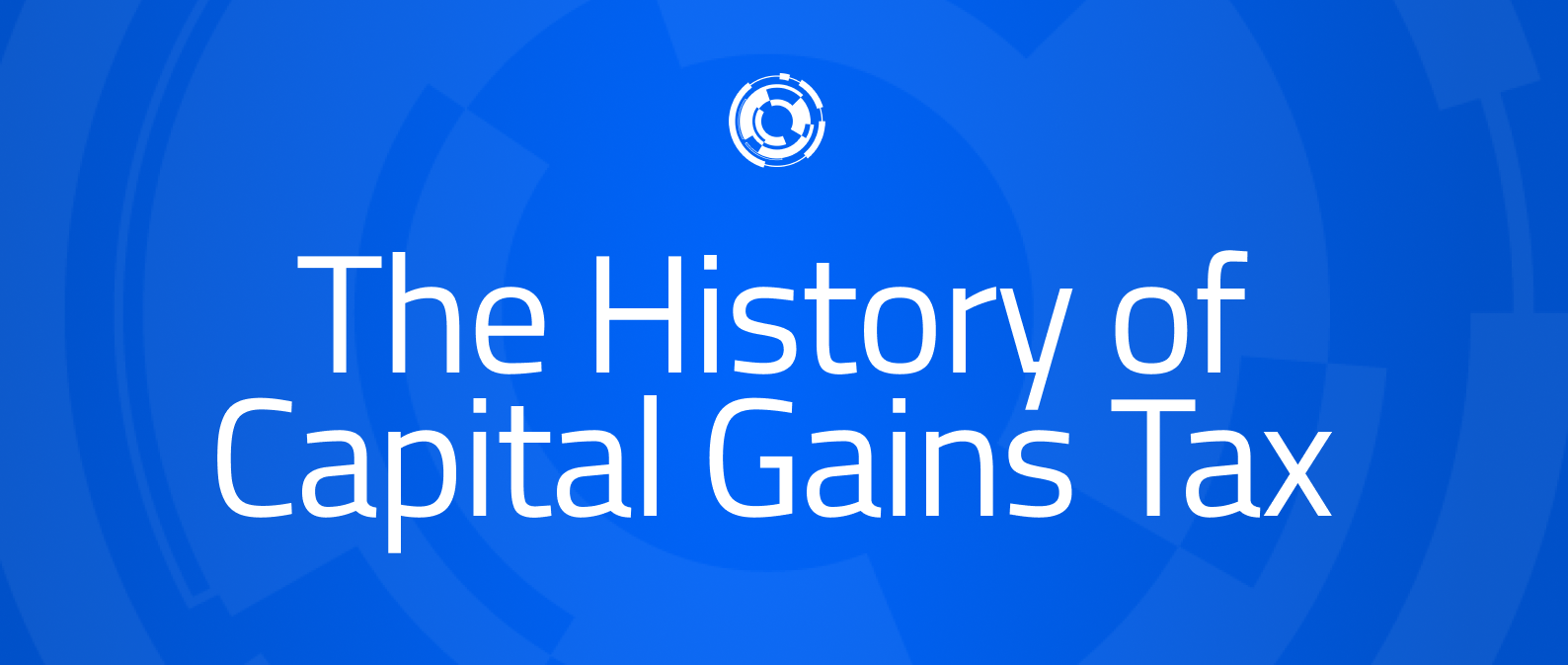Beginnings of the tax
Capital gains tax was first introduced by Labour Chancellor James Callaghan in 1965. It aimed to prevent taxpayers avoiding income tax by trying to ‘convert’ their income into capital.
Under Callaghan’s regime, short-term gains made on assets held for less than 12 months were subject to income tax. All other taxable gains were subject to a flat 30% rate.
In its original form, capital gains tax didn’t take inflation into account. As a result, those who held assets over the long-term found that they weren’t being taxed on the ‘real’ gains of their asset but rather inflationary increases. This was especially problematic during the 1970s when inflation reached eye-watering levels.
Commenting on the issue following a Conservative general election victory in 1979, then Chancellor Geoffrey Howe said: “The objection to CGT in its present form is that most of the yield comes from paper gains arising from inflation. The tax is, therefore, a capricious and sometimes savage levy on the capital itself.”
Reforms in the 1980s
Howe attempted to solve the inflation issue by introducing an indexation allowance in 1982. It indexed by reference to original acquisition costs, but it only allowed for inflation occurring after March 1982. This meant that the scheme effectively penalised those who had bought assets before that date.
The next Chancellor Nigel Lawson addressed this issue in 1988. He did this by rebasing the cost of all assets held on March 31st, 1982, to their market value at that date. This ensured that any gain accruing before that date were not charged to tax.
By announcing the measure, Lawson claimed he had “once and for all” ended the “injustice of taxing purely inflationary gains.”
Lawson also said that through this measure there was now “little economic difference” between income and capital gains. As a result, he aligned capital gains tax and income tax rates. This regime continued until 2008.
Taper relief in the 1990s
The next major reform to capital gains tax came in 1998 when Chancellor Gordon Brown introduced taper relief. This meant that the amount of gain charged to tax would be reduced the longer an asset had been held at the time of its disposal. It replaced indexation.
Brown said that the capital gains tax regime he had inherited rewarded the “short-term speculator as much as the committed long-term investor.” With the new rules, the then-chancellor hoped to increase the “quantity and quality” of long-term investment.
Taper relief was ultimately scrapped by the new Labour Chancellor Alistair Darling in 2008. Darling replaced it with a single flat rate of 18% for individuals and a 10% rate for some business owners.
Tweaks in the 2010s
In George Osborne’s first budget as chancellor in 2010, he introduced a 28% rate to gains made by higher rate taxpayers. The 18% rate remained for basic rate taxpayers. Osborne said this struck the right balance between “fairness and international competitiveness.”
There were no other major changes to the tax until 2016 when Osborne announced that both rates of capital gains tax would be cut. The higher rate fell to 20%, and the basic rate dropped to 10%. The rationale behind the cut was to ensure that there was an incentive to invest in companies over property.
Present day
Capital gains tax rates have stayed the same for individuals since 2016. The rate on property, however, was reduced to 24% from 28% in the 2024 Spring Budget.
Annual exemption amounts have been steadily decreasing, meanwhile. In the 2022/23 tax year, the amount was £12,300 but this reduced to £6,000 the following year. In 2024/25, the amount halved to £3,000.
The Office for Budget Responsibility estimates capital gains tax receipts will hit £19.5 billion this tax year and increase to £21.2 billion the following year.

